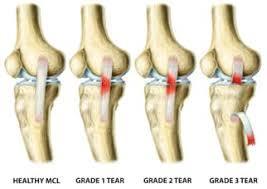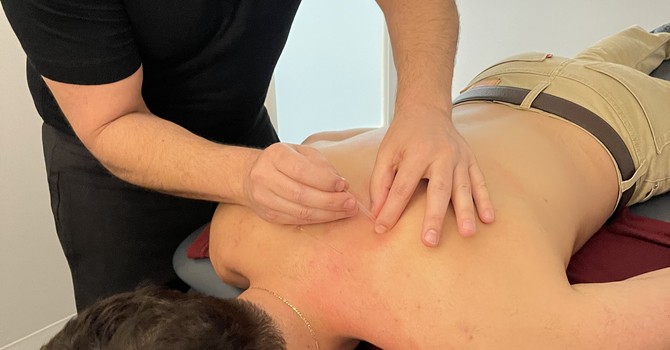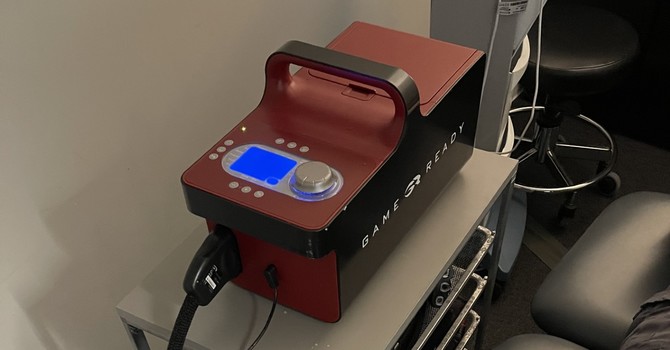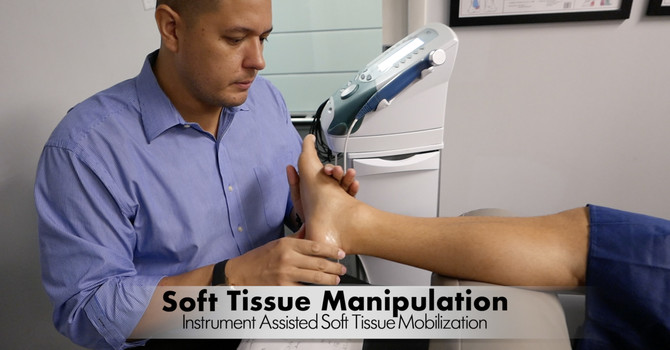
Comprehensive Guide to Managing an MCL/LCL Sprain
Learn about MCL/LCL sprain management, symptoms, and treatment options. Understand the importance of physical therapy and when surgery might be necessary for a full recovery.
The medial collateral ligament (MCL) and lateral collateral ligament (LCL) are two of the most commonly injured ligaments in athletes, particularly those involved in sports requiring sudden directional changes, such as soccer, football, and skiing. These injuries often occur when excessive valgus (inward) or varus (outward) forces are applied to the knee, overstretching or even tearing these crucial stabilizing ligaments.
Understanding how to manage an MCL/LCL sprain is essential for anyone involved in sports or physically demanding activities. Whether you’re an athlete or someone who’s experienced a knee injury, knowing the appropriate steps for diagnosis, treatment, and rehabilitation is crucial for a full recovery.
Understanding MCL and LCL Sprains
The MCL and LCL are ligaments located on the sides of your knee, providing stability and controlling sideways motion. The MCL is on the inner side, while the LCL is on the outer side. Both ligaments are vulnerable to sprains when undue stress is placed on the knee, particularly from a sudden force or impact.
-
MCL Sprain: This injury occurs when an excessive valgus force (pushing the knee inward) overstretches the MCL. It's common in sports like football or soccer, where players may experience a blow to the outside of the knee.
-
LCL Sprain: Conversely, an LCL sprain is caused by a varus force (pushing the knee outward). Though less common than MCL injuries, LCL sprains are still prevalent in high-impact sports.
Symptoms of an MCL/LCL Sprain
Recognizing the symptoms of an MCL or LCL sprain is key to seeking timely treatment. Common signs include:
- Pain localized to the inner (MCL) or outer (LCL) side of the knee: This pain typically worsens with movement or pressure.
- Swelling around the knee joint: Inflammation may develop shortly after the injury, making the knee appear swollen or puffy.
- Instability in the knee: You may feel like your knee is giving out or is unstable when walking or bearing weight.
- Stiffness and limited range of motion: Moving the knee may become difficult, and you might experience a reduced ability to bend or straighten the knee.
- Bruising: Discoloration may appear around the knee due to internal bleeding from the sprained ligament.
Diagnosis and Initial Management
If you suspect an MCL or LCL sprain, it’s essential to seek a professional evaluation as soon as possible. A physical therapist (PT) or chiropractor can accurately diagnose the extent of the injury through a series of physical tests and imaging techniques, such as MRI or X-rays, if necessary.
Immediate management of the injury includes:
- Cryotherapy (Cold Therapy): Applying ice to the affected area can help reduce swelling and pain in the immediate aftermath of the injury.
- Activity Modification: Rest is critical. Avoid activities that place strain on the knee, particularly those that involve twisting or sudden direction changes.
Treatment Options for MCL/LCL Sprain
Treatment for an MCL or LCL sprain largely depends on the severity of the injury. Sprains are generally categorized into three grades:
-
Grade 1 (Mild Sprain): The ligament is overstretched but not torn. Treatment focuses on reducing pain and swelling while gradually restoring strength and stability through physical therapy.
-
Grade 2 (Moderate Sprain): The ligament is partially torn, leading to more significant pain and instability. A more extended period of rehabilitation is required, with a focus on restoring full knee function through a combination of therapies.
-
Grade 3 (Severe Sprain/Tear): The ligament is completely torn, often necessitating surgical intervention, especially for athletes or those wishing to return to high levels of physical activity. Post-surgery rehabilitation is essential to restore knee stability and function.
Physical Therapy for MCL/LCL Sprain Recovery
Physical therapy plays a vital role in the recovery process for MCL/LCL sprains. A well-structured rehabilitation program ensures the ligament heals properly and that strength and stability are restored to prevent future injuries.
Key components of physical therapy for MCL/LCL sprains include:
- Gait Assessment: Evaluating and correcting your walking pattern to avoid putting undue stress on the injured knee.
- Manual Therapy: Techniques such as soft tissue massage and joint mobilization can help reduce pain, improve circulation, and restore range of motion.
- Electrical Stimulation: Electrical stimulation can be used to reduce pain, decrease swelling, and facilitate muscle recovery.
- Home Exercise Program: A customized home exercise plan designed by your PT will ensure continuous progress in between sessions, focusing on strengthening the muscles around the knee, improving flexibility, and enhancing proprioception (the body's ability to sense joint position).
When Surgery is Necessary
For severe MCL/LCL sprains (Grade 3), where the ligament is fully ruptured, surgery may be required to repair or reconstruct the damaged ligament. This is especially true for athletes who need full knee stability to return to their sport. Post-surgery rehabilitation is crucial and will involve a rigorous physical therapy program to ensure the knee regains its full function.
Managing an MCL/LCL sprain effectively requires a combination of timely diagnosis, appropriate treatment, and dedicated rehabilitation. Whether through physical therapy or, in severe cases, surgery, it’s important to follow a structured recovery plan to ensure a safe return to daily activities or athletic performance.
If you suspect an MCL or LCL sprain, don’t wait—seek a professional evaluation today. Our expert team of physical therapists and chiropractors can guide you through every step of the recovery process, from initial assessment to full rehabilitation, ensuring you get back to your activities stronger than before.


